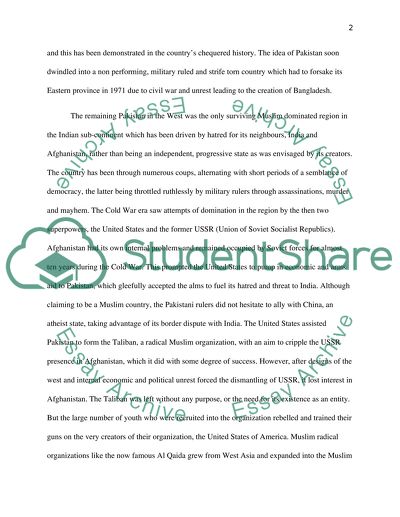Cite this document
(“Pakistan's international conflict between secularism and Islamic Essay”, n.d.)
Pakistan's international conflict between secularism and Islamic Essay. Retrieved from https://studentshare.org/history/1450725-explain-the-nature-and-extent-of-pakistan-s
Pakistan's international conflict between secularism and Islamic Essay. Retrieved from https://studentshare.org/history/1450725-explain-the-nature-and-extent-of-pakistan-s
(Pakistan'S International Conflict Between Secularism and Islamic Essay)
Pakistan'S International Conflict Between Secularism and Islamic Essay. https://studentshare.org/history/1450725-explain-the-nature-and-extent-of-pakistan-s.
Pakistan'S International Conflict Between Secularism and Islamic Essay. https://studentshare.org/history/1450725-explain-the-nature-and-extent-of-pakistan-s.
“Pakistan'S International Conflict Between Secularism and Islamic Essay”, n.d. https://studentshare.org/history/1450725-explain-the-nature-and-extent-of-pakistan-s.


